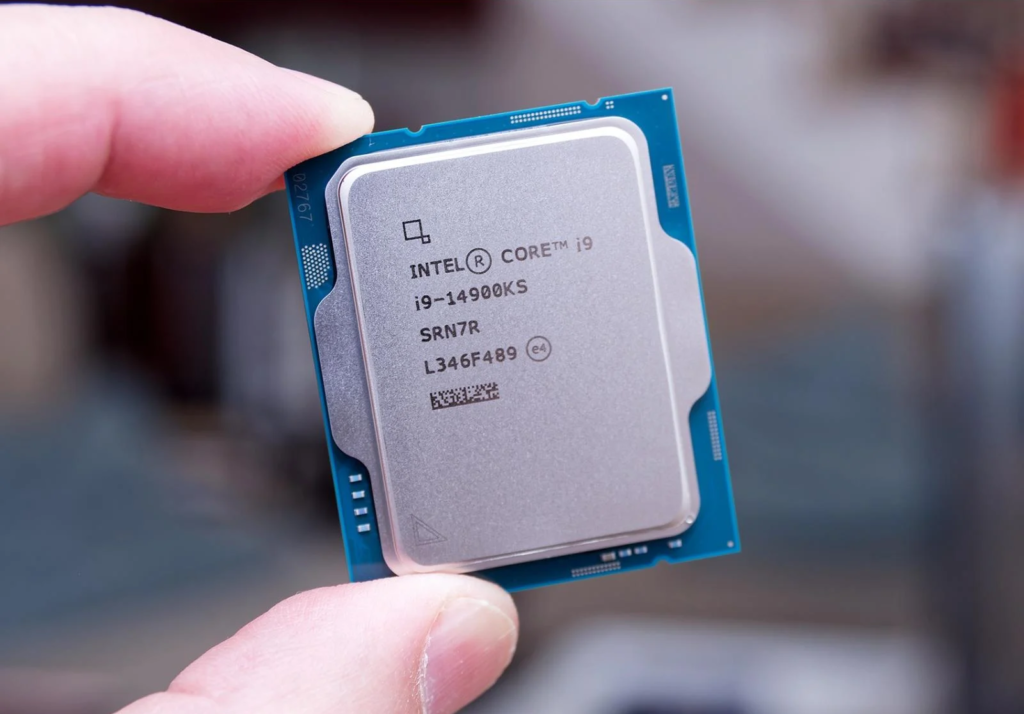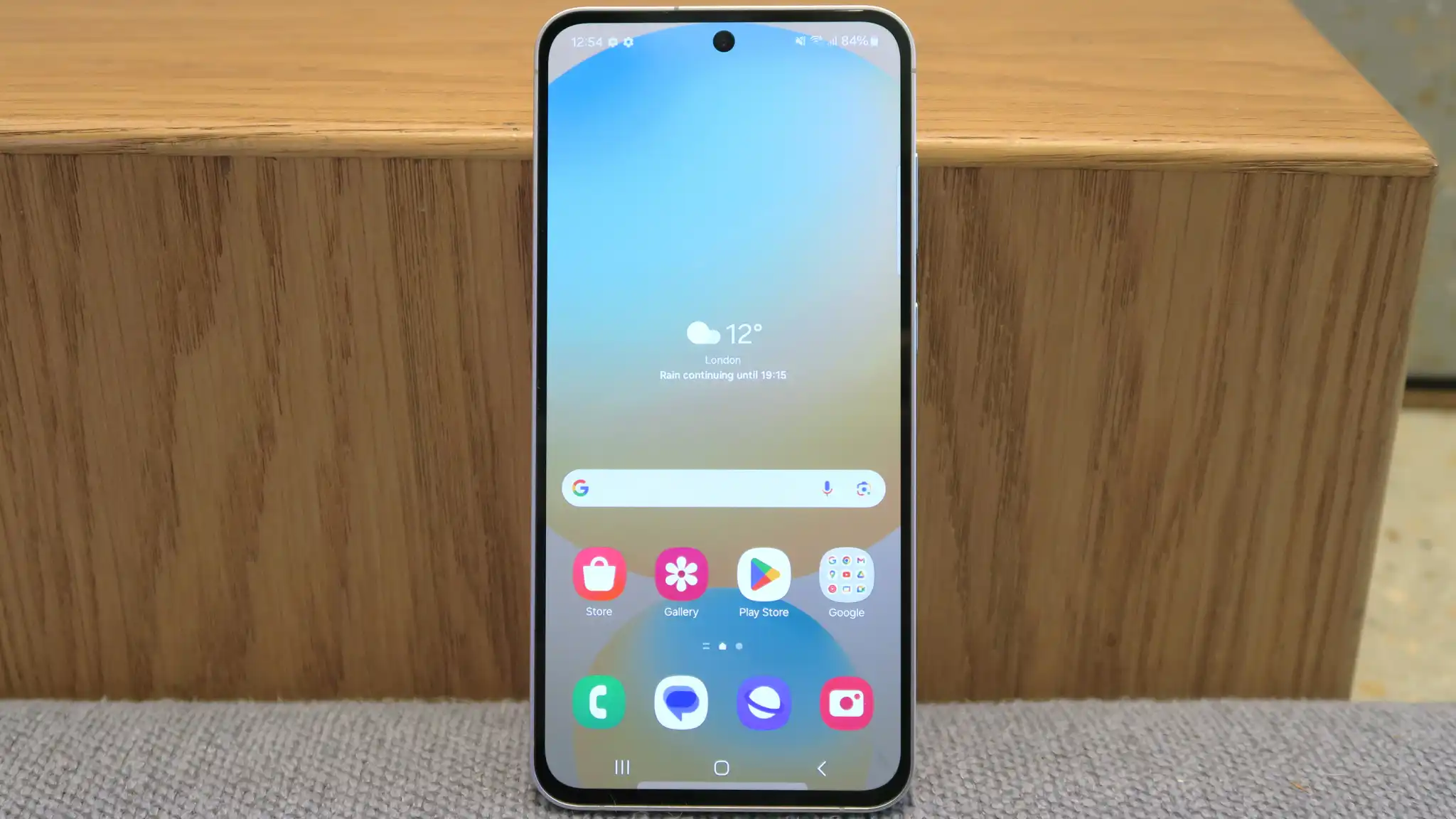
It wasn’t exactly a closely guarded secret that Intel had been cooking up a souped-up variant of its fastest Core i9 processor. Rumors and leaks had been circulating widely earlier in the month. Yet, it’s almost poetic that the company chose to unveil the i9-14900KS on March 14th, also known to aficionados of mathematics as Pi Day. (Get it?) The launch was accompanied by a remarkable feat: breaking records in the Super Pi benchmark program.
For the uninitiated, Super Pi is a Windows application tasked with calculating the value of pi to an impressive 32 million digits. The faster your processor, the quicker it can crunch through this single-threaded workload. It stands as a straightforward yet effective measure of a computer’s raw number-crunching capabilities.
Thus, when Intel officially introduced the Core i9-14900KS, boasting speeds of up to 6.2GHz without overclocking, it felt serendipitous that the unveiling coincided with Pi Day, marked as 3-14 in American notation. Naturally, enthusiasts wasted no time in putting the new chip to the test, pushing it to its limits with the Super Pi benchmark.
The i9-14900KS wasted no time in making its mark, claiming the top two spots on the public leaderboard, completing the calculation in a blistering 3.662 and 3.768 seconds, respectively. Renowned overclocking specialist Allen “Splave” Golibersuch took the new CPU to staggering heights, achieving an astounding clock speed of 8.44GHz—700 megahertz beyond his previous feat with the Core i9-14900K.
Just for perspective, I decided to run the Super Pi program on my own home-built PC, recently bolstered by an AMD Ryzen 7 7800X3D. It’s a solid CPU, especially for gaming. However, it pales in comparison to Intel’s powerhouse and Splave’s overclocking prowess. My attempt at the 32-million-digit calculation clocked in at six minutes and four seconds.




